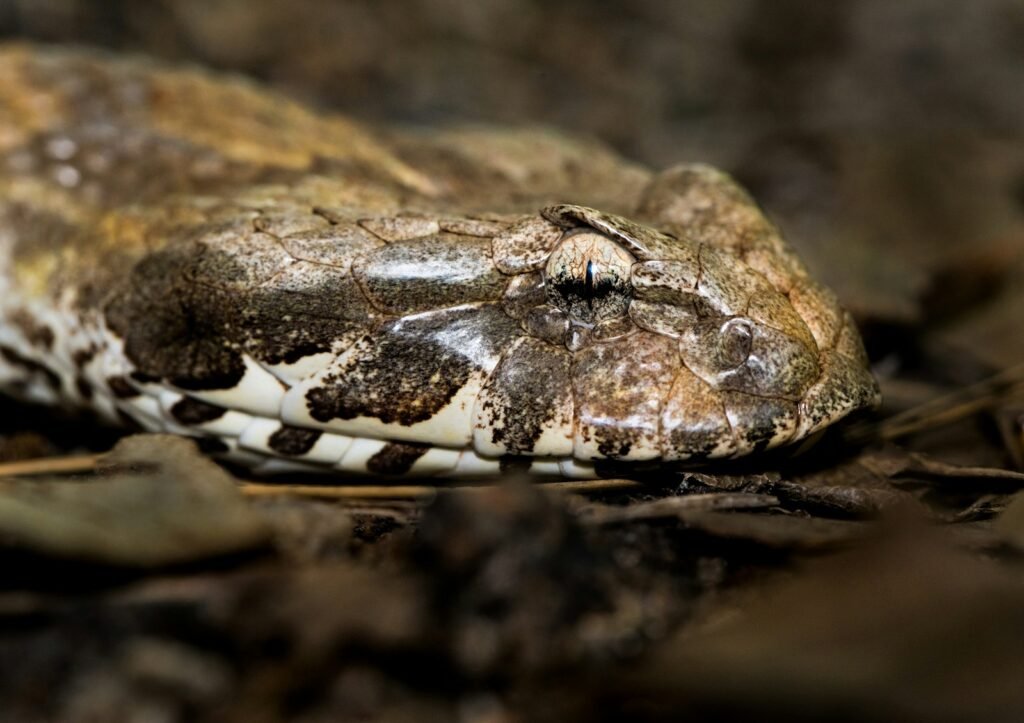A flash of zigzag in the grass. A rustle underfoot. The adder, Britain’s only native venomous snake, is a creature that has both fascinated and terrified people for centuries. But how much of what we think we know about this elusive reptile is true? For generations, stories have painted the adder as a dangerous villain lurking in the countryside, waiting to strike at unsuspecting walkers. The truth, however, is far more nuanced—and, in many ways, much more interesting. With their elegant patterns, secretive habits, and misunderstood bite, adders are a vital yet often maligned part of Britain’s natural heritage. Let’s step into their world and unravel the myths, marvel at their biology, and discover why these remarkable snakes deserve not fear, but respect.
A Glimpse Into the World of the Adder

The adder, also known as Vipera berus, is instantly recognizable thanks to its distinctive dark zigzag pattern running down its back. Unlike the dramatic cobras or rattlesnakes seen on television, adders are small and relatively shy. They rarely reach more than 60 centimeters in length, making them easy to overlook unless you’re paying close attention. Their colors can range from silvery-grey to reddish-brown, and sometimes even black, helping them blend seamlessly into bracken and leaf litter. If you’re lucky enough to spot one basking in the spring sun, you might notice its vibrant eyes and the intricate mosaic of scales—nature’s camouflage at its finest. Seeing an adder in the wild is a reminder that even in a crowded, busy country like Britain, pockets of wild magic still exist.
The Adder’s Place in British Folklore
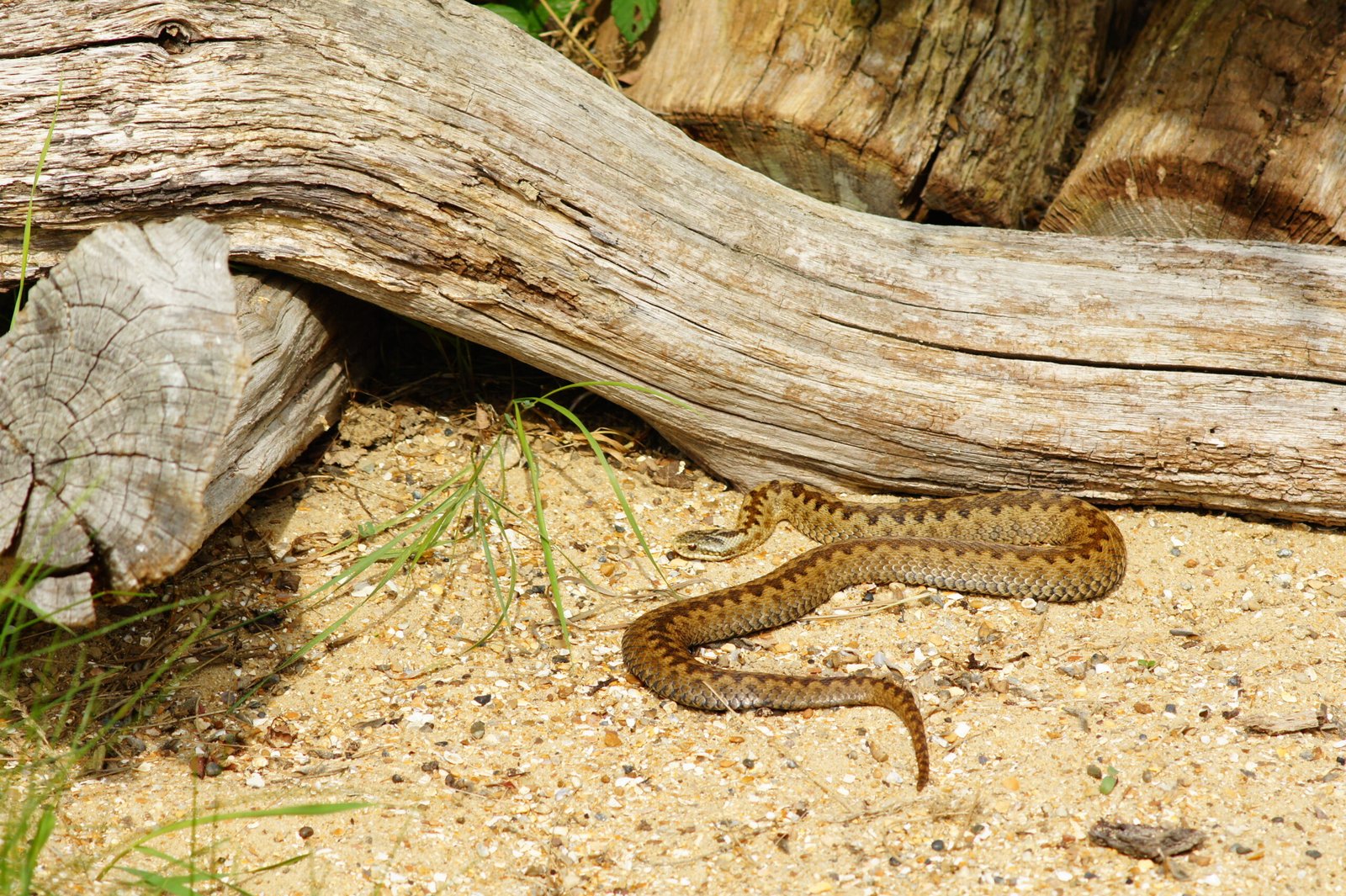
Adder myths are as winding as the snake itself. In olden times, adders were seen as omens—sometimes of bad luck, sometimes of healing. Medieval herbalists believed that the snake’s skin could cure ailments, while rural superstitions warned children to steer clear of “the death adder.” These stories, passed down through generations, often painted the adder as menacing and vengeful. In reality, adders are not aggressive unless threatened. Yet the tales persist, coloring public perception even today. The enduring power of folklore reveals just how deeply the adder is woven into the British imagination, for better or worse.
How to Identify an Adder
Identifying an adder in the wild isn’t as tricky as you might think. The key feature is its bold, zigzag stripe, which no other native British snake possesses. Grass snakes, the adder’s most common lookalike, are olive-green with round pupils and a yellow collar behind the head. Adders, on the other hand, have vertical slit-like pupils—just like a cat’s—and lack the yellow collar. Females are often browner, while males can be greyer. If you come across a jet-black snake, it’s still likely an adder; melanistic individuals are not uncommon. Taking the time to notice these patterns can turn a countryside walk into a miniature adventure in wildlife tracking.
Venom: Fact Versus Fiction
Much of the adder’s reputation comes from its venom, but how dangerous is it really? The venom is designed to immobilize small prey like mice or lizards, not to attack humans. While an adder’s bite can be painful, it is rarely life-threatening, especially with prompt medical attention. In the past decade, there have been no recorded deaths from adder bites in Britain. Most bites occur when the snake is accidentally stepped on or provoked. Statistically, you’re far more likely to be injured by a bee sting or even a dog than by an adder. The snake’s venom is a marvel of evolution, but it is far from the deadly weapon that legends suggest.
Living in Secret: The Adder’s Elusive Lifestyle
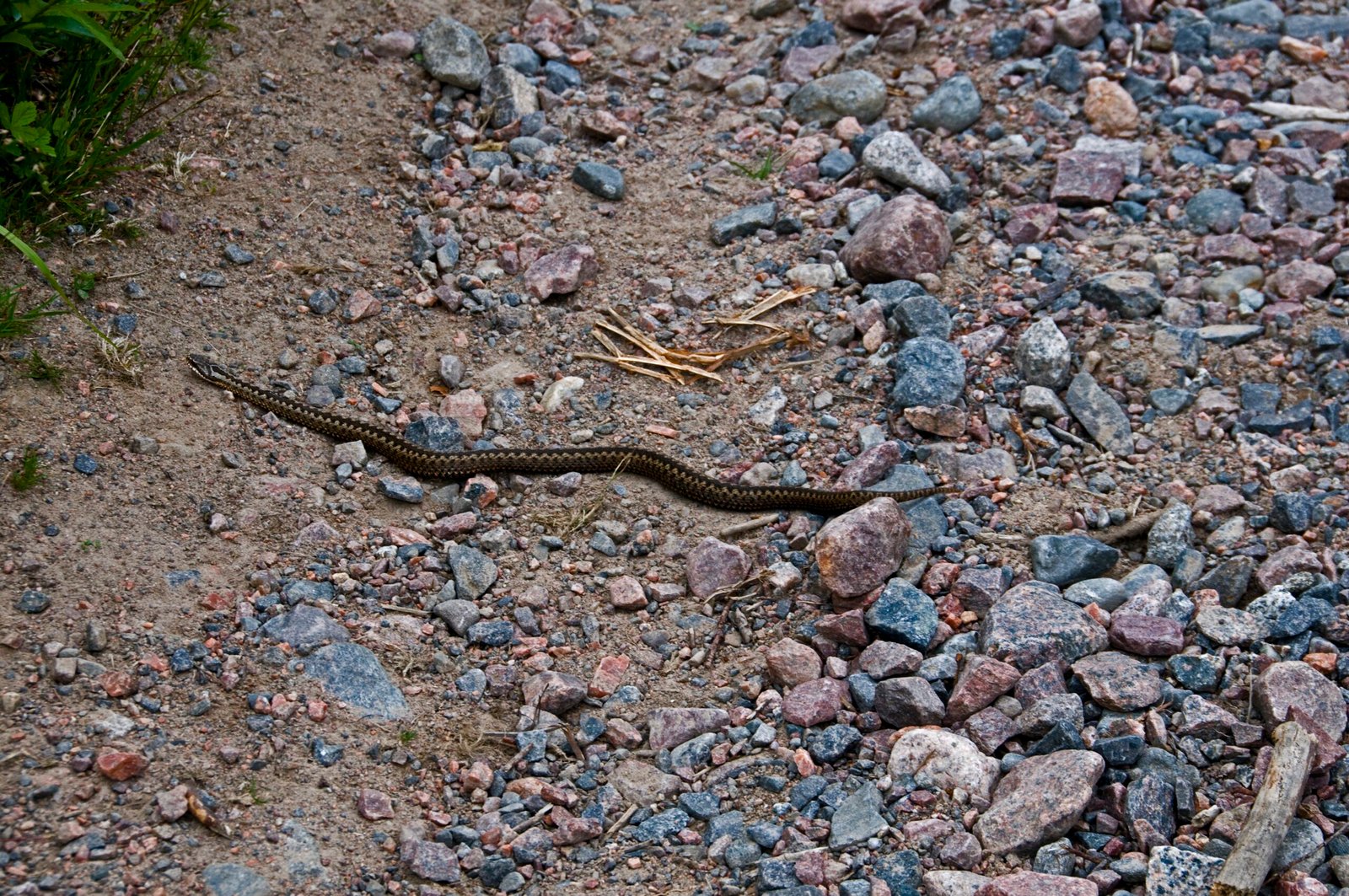
Adders are masters of stealth. They spend most of their lives hidden among heather, grass, or under logs, venturing out mainly to bask in the sun. They are creatures of habit, often returning to the same basking spots year after year. During the hottest part of the day, they retreat into cool shade or underground burrows. Unlike some snakes, adders hibernate during the winter months, sometimes gathering in communal dens for warmth. Their secretive habits mean that, despite their widespread distribution, most people may never see one in their lifetime. This low profile is part of what keeps the species safe from harm—and, ironically, what fuels their mysterious reputation.
The Adder’s Role in the Ecosystem
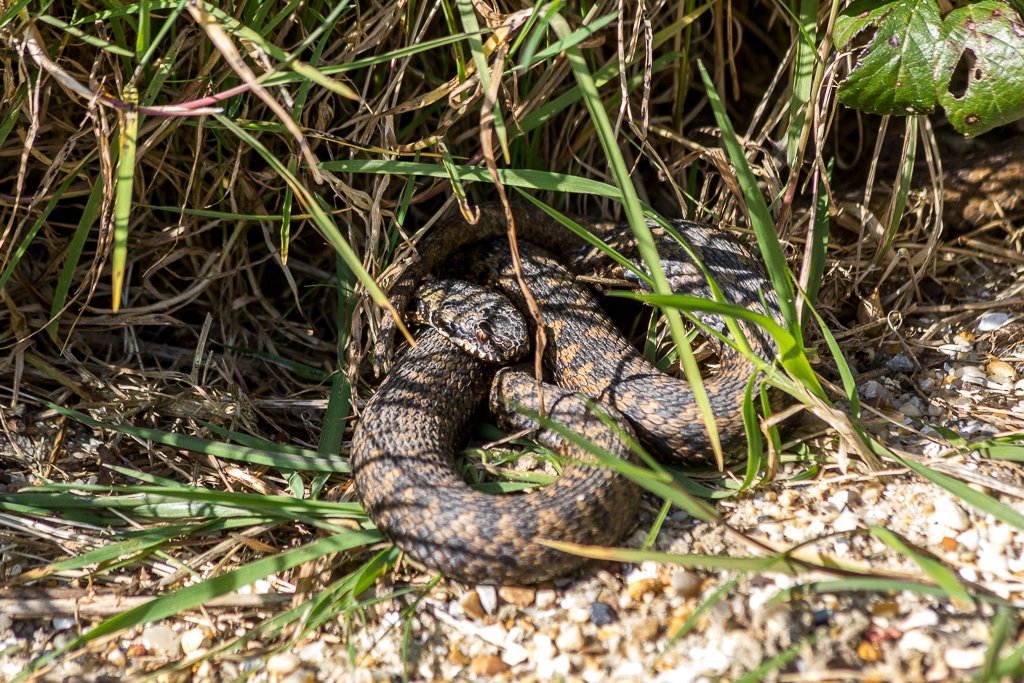
In the delicate web of British wildlife, adders play a crucial role. As predators, they help control populations of rodents and insects, preventing outbreaks that could damage crops or spread disease. They are also prey themselves, with foxes, birds of prey, and even hedgehogs relying on adders as a food source. Their presence is a sign of a healthy, balanced ecosystem. When adders disappear from an area, it often signals wider problems in the environment. These snakes are silent custodians, keeping nature’s cycle in check without fanfare or fuss.
Adder Courtship and Reproduction
Springtime brings a flurry of activity to the adder world. Males emerge from hibernation and begin searching for females, sometimes engaging in dramatic “adder dances”—twisting and wrestling to establish dominance. Unlike many reptiles, adders give birth to live young instead of laying eggs. A mother adder can deliver up to 20 tiny snakes, each ready to fend for itself from day one. These miniature adders are born with functioning venom but are extremely vulnerable to predators. The cycle of life begins anew each year, an ancient ritual unfolding in the hidden corners of Britain’s wild places.
Adder Diet and Hunting Techniques
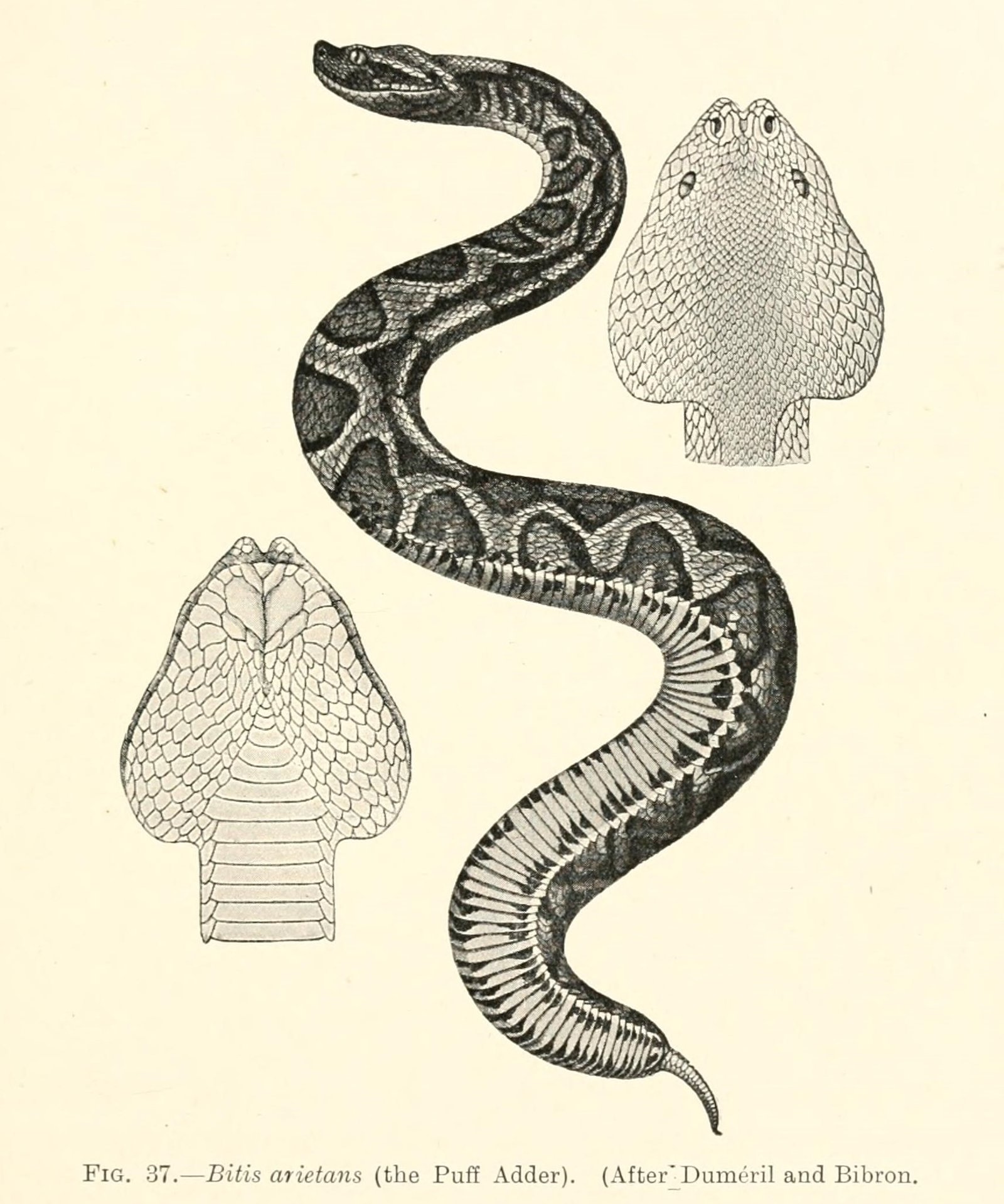
Adders are opportunistic hunters, using their senses of smell and heat detection to locate prey. They feed mostly on small mammals like voles and mice, but will also eat lizards, frogs, and even the occasional bird chick. Once prey is detected, the adder strikes swiftly, injecting venom and waiting for the animal to succumb before swallowing it whole. This ambush style of hunting means adders expend minimal energy, a crucial adaptation for life in often chilly British climates. Their diet makes them invaluable allies to farmers, helping to keep pest populations under control naturally.
Adders and Human Encounters
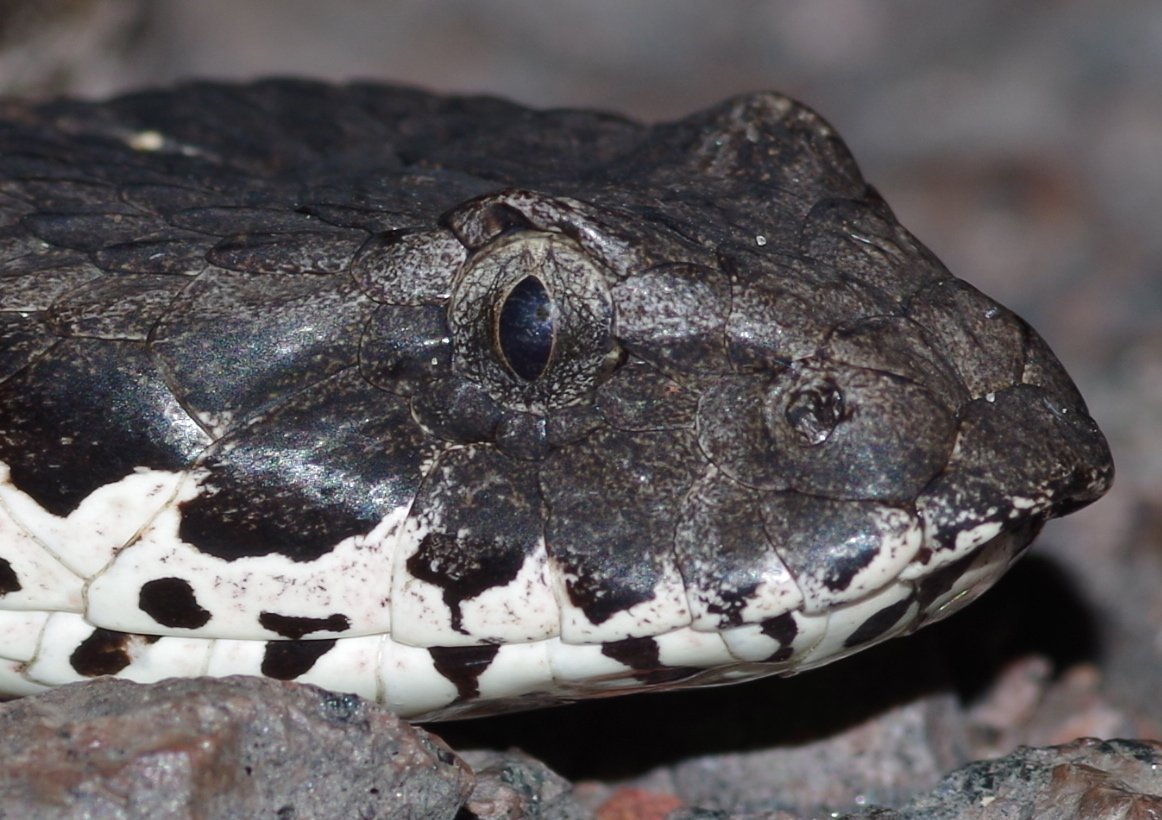
Despite their elusive nature, adders sometimes cross paths with people—usually with little consequence. Most encounters occur when hikers or dog walkers accidentally disturb a basking snake. Adders almost always try to escape rather than stand their ground. If cornered, they may hiss or coil defensively, but a bite is a last resort. Wearing sturdy boots and being mindful of where you step are simple precautions that can prevent most incidents. For those lucky enough to spot an adder from a safe distance, it’s a chance to witness a piece of British natural history in action.
Common Misconceptions About Adders

Misunderstandings about adders abound. Many believe they are aggressive, or that their bite is always fatal—neither is true. Some think adders are becoming more common, when in fact their numbers are declining in many areas. Others confuse them with harmless grass snakes or slow-worms. These myths can lead to unnecessary fear, and sometimes even the persecution of snakes. Education is key to changing attitudes. The more people learn about the adder’s real behavior and biology, the less likely they are to see it as a threat.
Threats Facing the Adder
Adders face a host of challenges in today’s world. Habitat loss is the biggest danger, as hedgerows and heathlands are cleared for farming or development. Road traffic poses another threat, with snakes often killed as they cross to find food or mates. In some areas, deliberate killing—fueled by fear or misunderstanding—remains a problem. Climate change may also disrupt their hibernation cycles and food sources. Each of these threats chips away at the adder’s fragile population. Without intervention, Britain could lose its only venomous snake forever.
Conservation Efforts and Success Stories
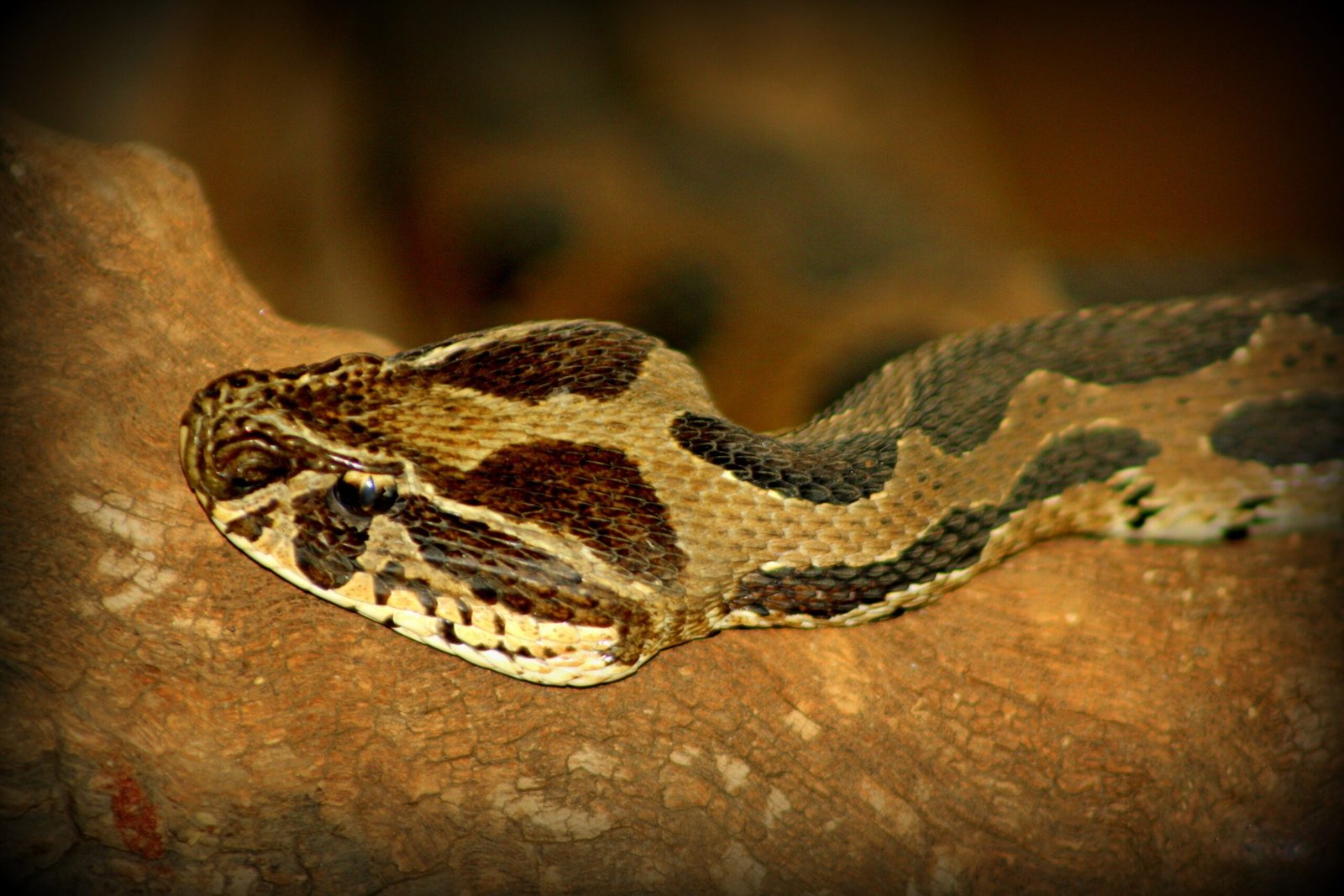
Conservationists across Britain are fighting to protect the adder. Projects include creating wildlife corridors, restoring heathland, and educating the public about snake safety. In some areas, local communities have rallied to monitor and protect adder populations, leading to inspiring recoveries. Efforts to study adder movements with radio trackers have revealed new insights into their needs, helping shape future conservation plans. These success stories show that with the right support, adders can thrive alongside people.
The Science of Adder Venom
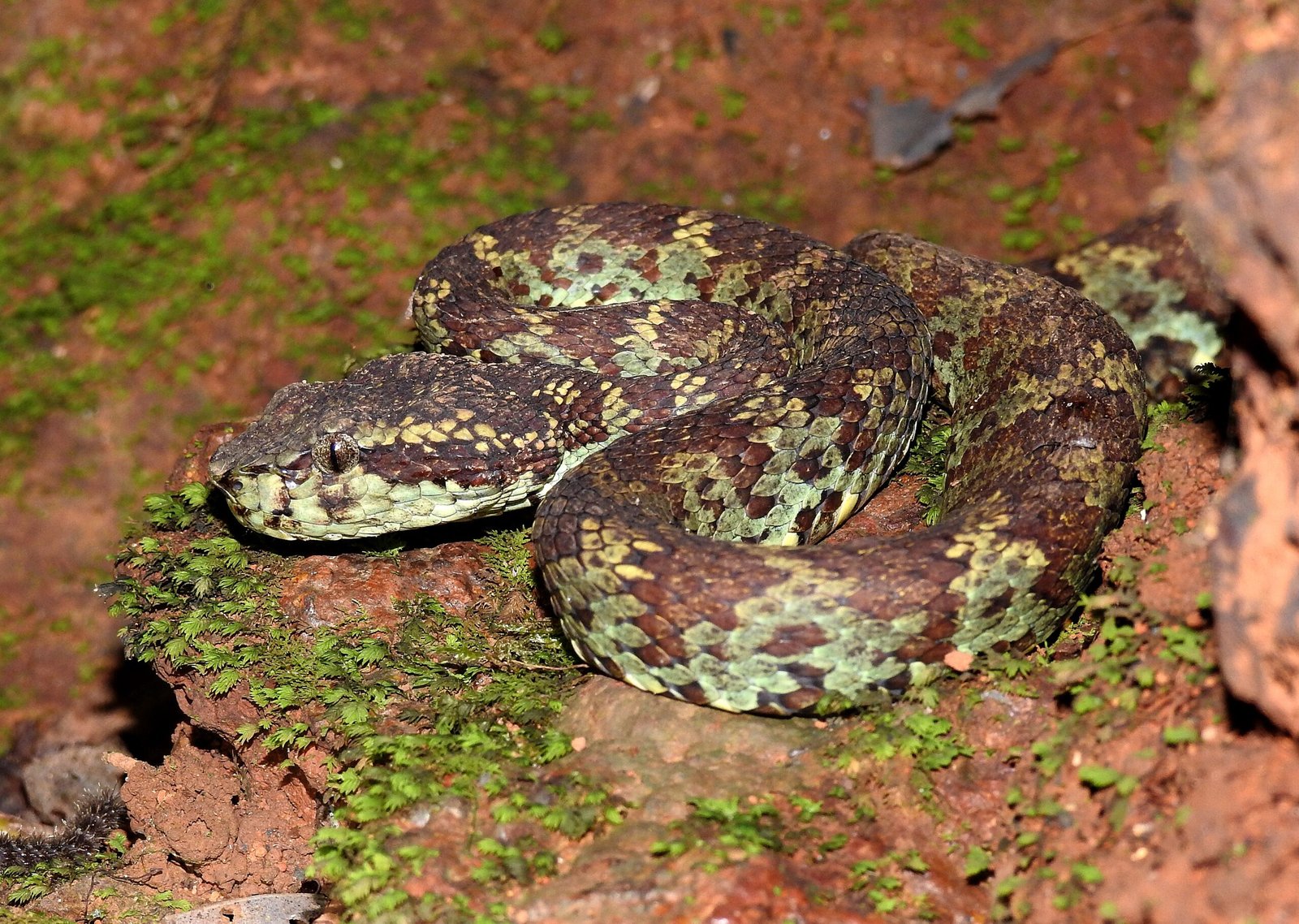
Adder venom is a cocktail of proteins and enzymes, evolved over millions of years. Scientists study it not just to understand snake biology, but also to search for new medicines. Some components of adder venom have shown promise in treating blood clotting disorders and even cancer. The venom’s complexity makes it both fascinating and valuable to medical research. By protecting adders, we also safeguard a living library of biochemical secrets that could one day save human lives.
How to Coexist With Adders
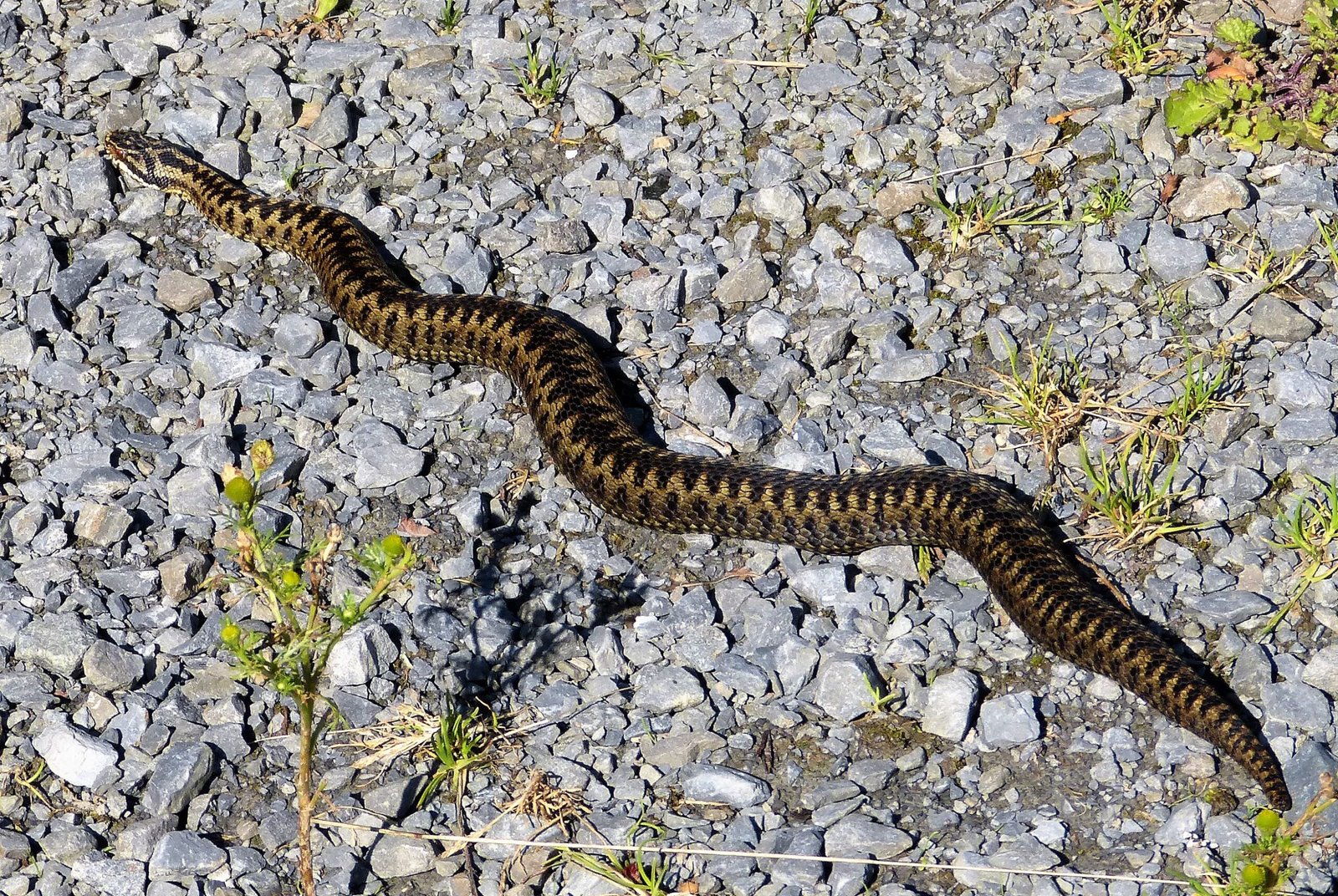
Living alongside adders safely is surprisingly straightforward. Simple measures—like sticking to paths, watching where you put your hands and feet, and keeping dogs on a lead—can minimize risk. If you do spot an adder, give it space and enjoy the encounter from a distance. For gardeners and landowners, leaving wild corners and log piles provides valuable habitat for snakes and other wildlife. Encouraging respect rather than fear is the first step towards peaceful coexistence.
Adders in Art and Culture
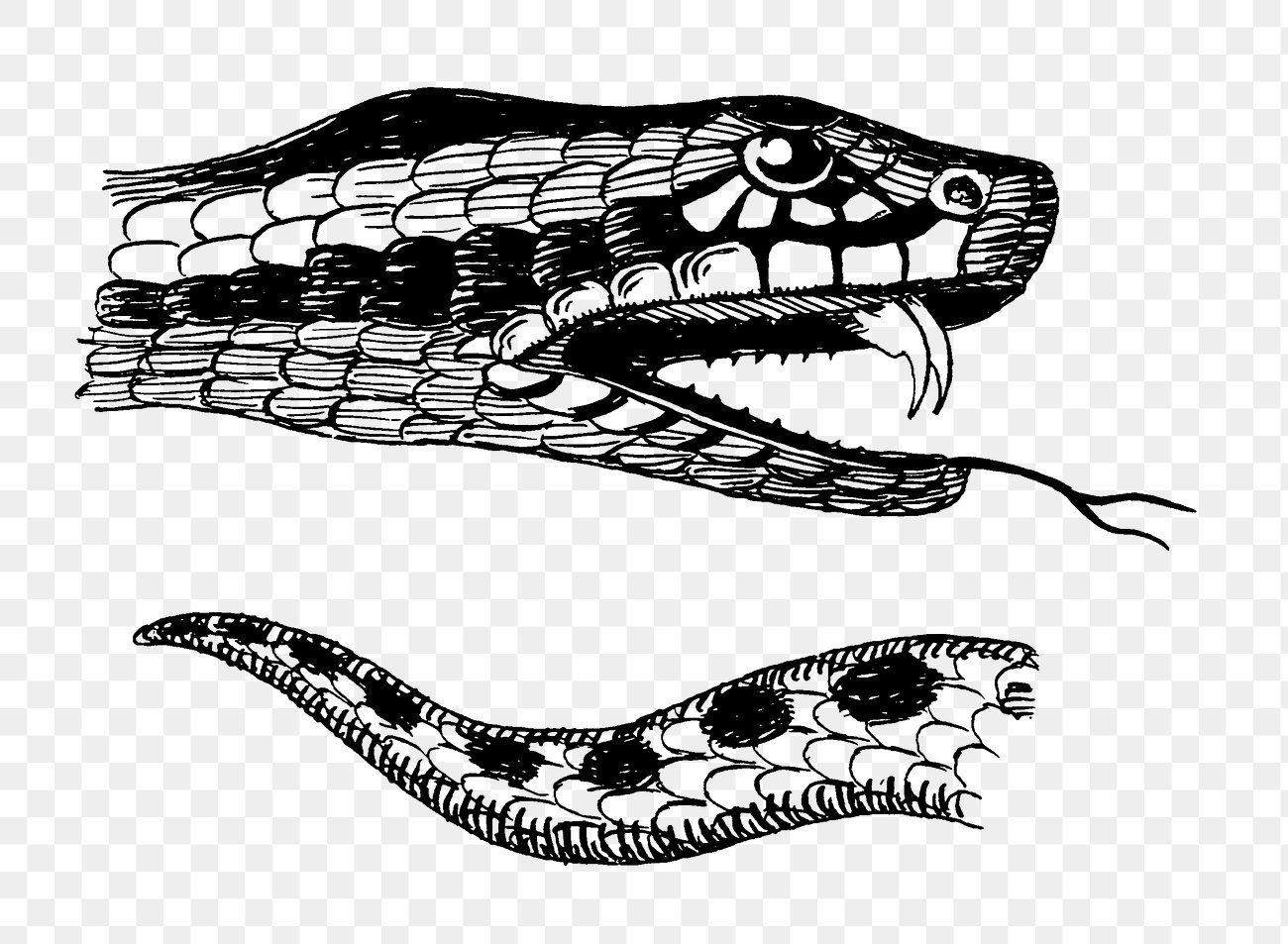
The adder’s striking appearance has inspired countless works of art, poetry, and literature. From Celtic knotwork to Victorian nature journals, the snake’s form winds through British culture. In some traditions, the adder is a symbol of renewal and healing, echoing its role in the natural cycle. Even modern artists and writers continue to find inspiration in the adder’s mysterious beauty. These cultural echoes remind us that the adder is more than just a biological curiosity—it is a living emblem of wild Britain.
Children, Education, and the Next Generation

Introducing young people to the wonders of the adder is crucial for its future. School programs, wildlife walks, and nature reserves offer safe opportunities to learn about snakes firsthand. When children see adders not as monsters, but as fascinating creatures with a place in the world, they are more likely to become future guardians of wildlife. Encouraging curiosity, empathy, and respect helps ensure that the adder’s story will continue for generations.
Why the Adder Deserves Our Respect
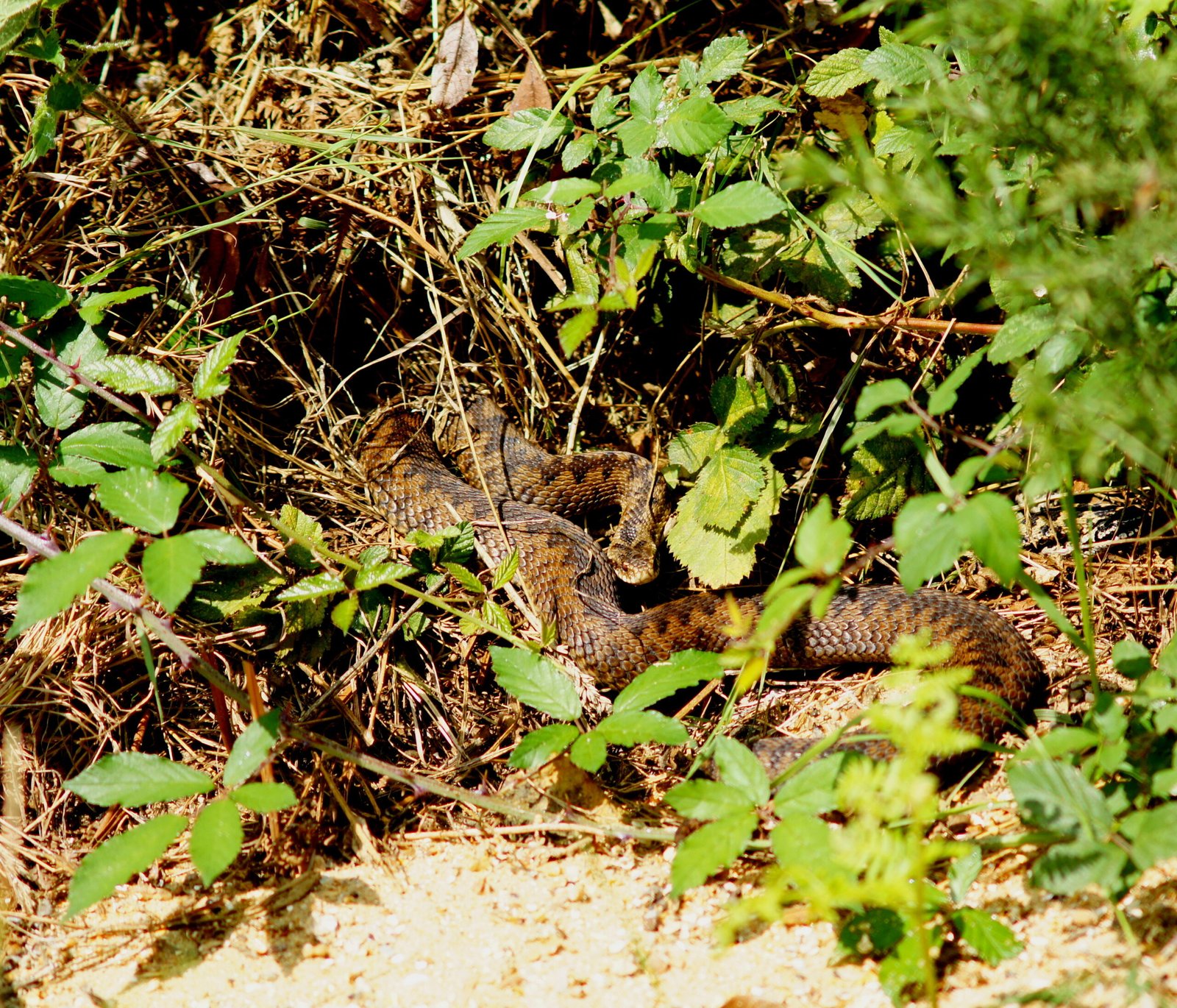
The adder is not a villain, but a survivor—adapted to Britain’s changing landscapes for thousands of years. Its venom, its camouflage, and its secretive ways are all marvels of evolution. Despite centuries of misunderstanding, the adder remains a quiet guardian of the countryside, performing vital ecological roles with little recognition. By learning to see the adder as a wonder rather than a threat, we can help secure its place in the wild heart of Britain for years to come.

